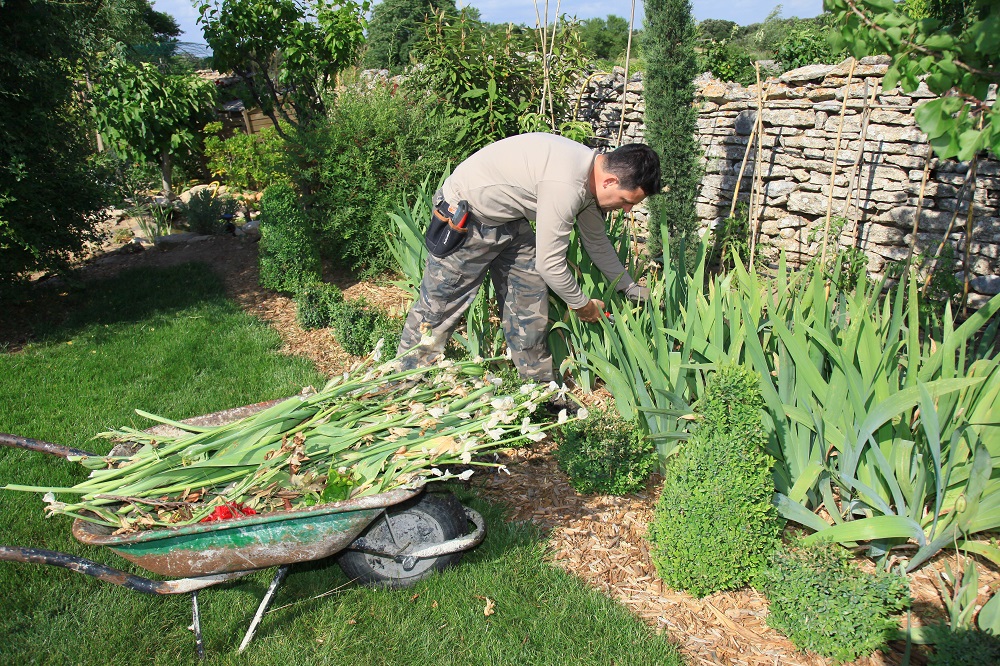Nutrient Secrets: Boost Your Grass' Development Naturally
A lush lawn is often regarded as a sign of a well-maintained property, providing simultaneously beauty and a peaceful area for external activities. Yet, achieving and sustaining that lush lawn can be challenging for numerous homeowners. This is where comprehending the principles of successful lawn care comes into play. From picking the right type of grass for your climate to mastering the art of natural fertilization, there are essential steps you can take to guarantee your yard flourishes throughout the seasons.
In this guide, we will examine various aspects of lawn care that are key to achieving optimal growth and appearance. Whether you are a novice looking for basic tips or an veteran gardener seeking advanced techniques, you will discover insightful insights on subjects such as the difference between organic and synthetic fertilizers, soil testing, and the importance of aeration. With the appropriate knowledge and a commitment to natural methods, you can create a thriving, lush lawn that enhances the beauty of your home and your enjoyment of the outdoors.
Basics of Lawn Care
A healthy lawn begins with knowing its basic needs. The cornerstone for lawn care is guaranteeing your grass gets sufficient sunlight, water, and nutrients. Different grass types flourish in different climates, so determining the best grass for your locale is important. No matter if you live in a mild or tropical zone, exploring grass varieties suitable for your climate will put you on the right path to a green and dynamic yard.
Consistent mowing is also a crucial aspect of maintaining lawn health. Knowing when and how to mow can promote growth while avoiding damage. It's important to keep your mower blades in good condition and adhere to the one-third rule, which advocates cutting only the top third of grass blades at a time. This approach encourages thicker grass and helps create a deep root system, which is crucial for surviving seasonal changes.
Additionally, being proactive in avoiding common lawn care mistakes can make a significant difference your efforts. Excessive watering, improper fertilization, and neglecting soil health can lead to a fragile lawn, making it exposed to pests and diseases. Taking the time to analyze your soil and tailor your care routine appropriately will enhance your lawn's hardiness and overall aesthetic, guaranteeing a successful outdoor space to appreciate year-round.
Effective Fertilization Methods
To enhance your lawn's health in a sustainable manner, grasping the correct fertilization methods is crucial. Start by testing your ground to establish its mineral makeup and acidity level. This data will direct your choice of fertilizers, making sure you offer the essential components specific to your grass's needs. A soil test will aid you avoid over-fertilization, which can negatively impact both your yard and the ecosystem.
When it pertains to putting on fertilizers, timing is vital. Early the spring season is often the optimal time to nourish your grass, as most kinds of grass are breaking free from a dormant state and will profit from the nutrients. Opt for controlled-release products to offer a continuous stream of fertilizer over multiple weeks’ time, fostering healthy development without overloading the turf. Additionally, don't forget fall nourishing, which readies your grass for the winter season while enhancing root growth.
Incorporating organic fertilizing agents can also yield amazing results. Organic compost, for instance, boosts the earth organically and enhances its structure. Additional natural alternatives include bone meal, alfalfa meal, and fish-based nutrients. These options provide fertilizer over time and boost ground vitality over time, forming a thriving habitat that encourages vibrant grass health. Integrating you can try this out eco-friendly approaches with sufficient watering will guarantee your yard continues to be green and vibrant throughout the year.
Seasonal Upkeep Advice
The spring season is a crucial time for lawn care as it indicates the shift from the frigid winter months. Start with a thorough cleanup, clearing away debris and dead grass to help your lawn get air and receive sunlight. After this, you might want to aerating your lawn and testing your soil to evaluate its nutrient levels. This is also the best time to apply fertilizers, especially natural options, which can give your grass the nutrients it needs for robust growth during the hotter months.
As the summer heat sets in, maintaining soil moisture becomes crucial. Steady and thorough watering is essential; target about one inch per week. Be mindful of the time of day you water; morning is ideal to minimize evaporation and fungal diseases. During summer, mowing at a higher blade setting helps your grass keep moisture and promotes deeper root growth, which is essential for keeping your lawn vibrant and in good condition.

When autumn arrives, it's crucial to prepare your lawn for the upcoming winter. Gathering leaves and applying a fall fertilizer can help rejuvenate your grass after a extended summer. Sowing new seeds can also be advantageous at this time, allowing new grass to take root before the chill sets in. Remember to adjust your mowing routine as the growth slows down, gradually reducing the rate until the grass is dormant. These steps will guarantee your lawn remains healthy through the chilly months and set to thrive when spring returns.